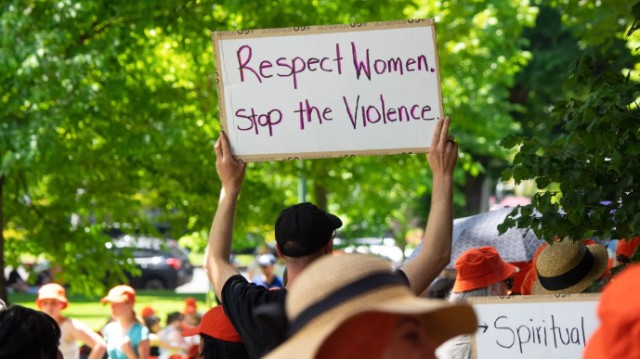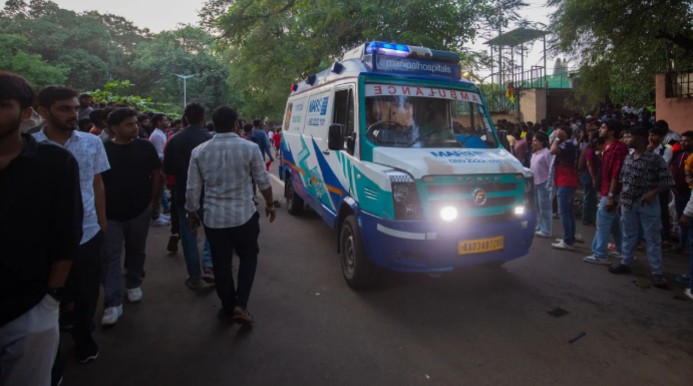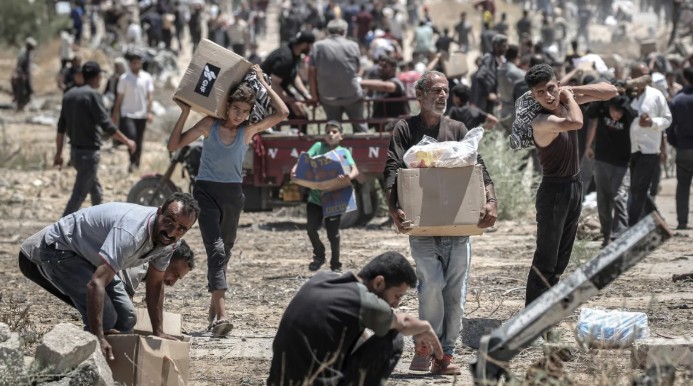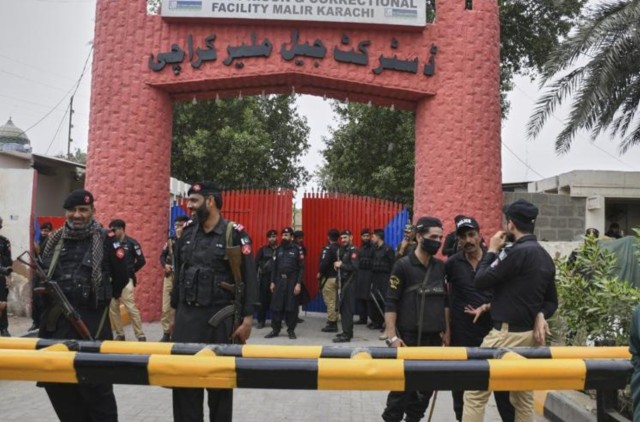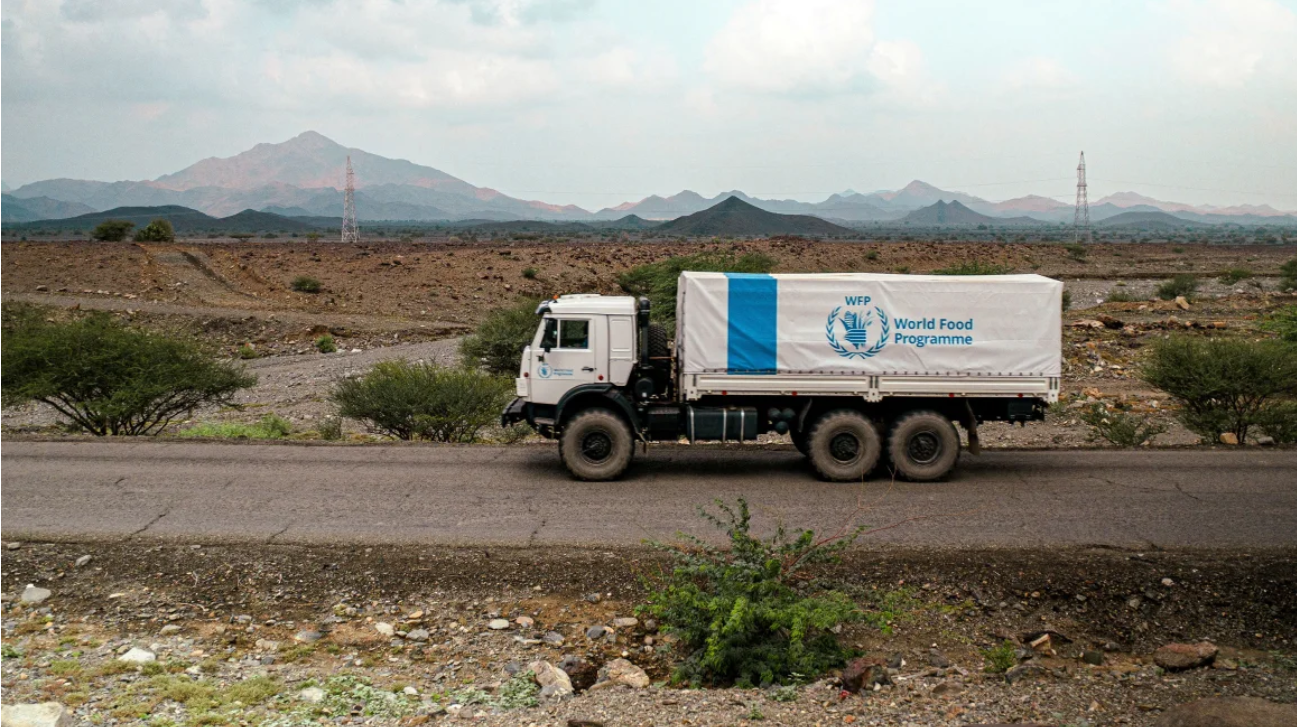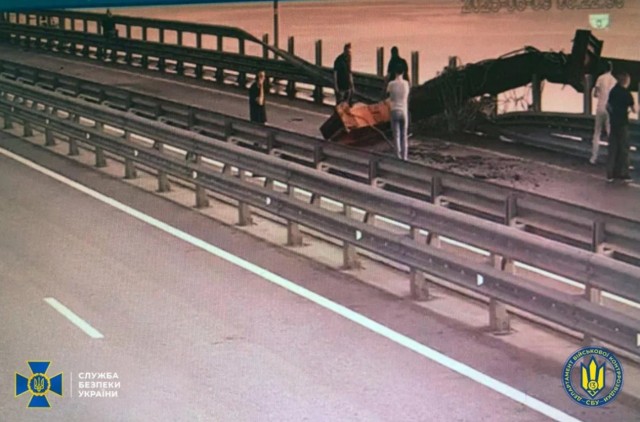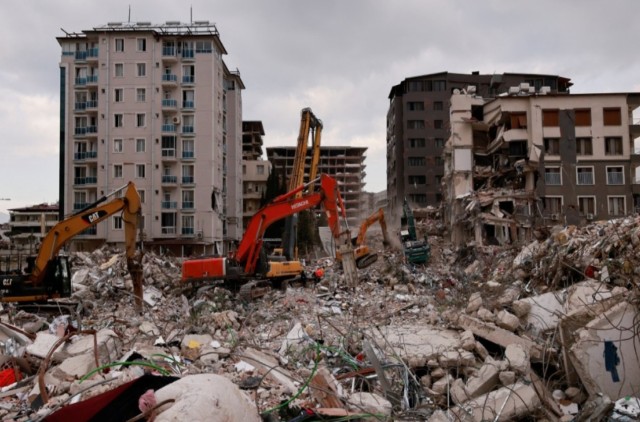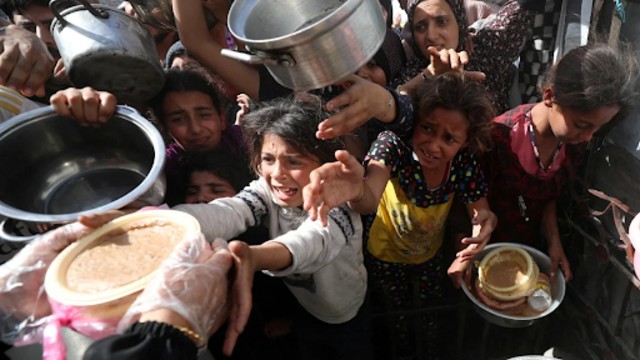
Children in northern Gaza’s Beit Lahia lined up on Sunday to get hot meals prepared by a local charity kitchen. REUTERS
One month has passed since Israel stopped the flow of humanitarian aid into Gaza. As a result, conditions for over two million people have become desperate. Aid groups say hunger is spreading fast, clean water is scarce, and living conditions are growing worse each day.
People in Gaza have been struggling for the past 18 months. But the situation worsened when Israel launched a major military operation in March. This included fresh evacuation orders and strict aid restrictions. The goal was to pressure Hamas into releasing hostages and to set terms for a ceasefire extension.
Since then, over 280,000 people have been forced to leave their homes. The United Nations reports that two-thirds of Gaza is now unsafe to enter. Many families are taking shelter in dangerous, crumbling buildings or sleeping on roads, parks, and near trash heaps.
Assem Al-Nabeeh, from Gaza City’s municipality, said people are being displaced everywhere. He also said only 40% of the city had water access even before the latest crisis. Now, waste piles up, with over 175,000 tonnes of garbage scattered across the city.
Aid groups warn of severe hunger and a looming food crisis. A UN report says almost all flour deliveries have stopped. All 25 bakeries supported by aid agencies have closed due to a lack of flour and cooking gas. Over one million people did not receive food packages in March. Current food supplies might last just two more weeks.
A new aid-monitoring system is being planned by Israel’s agency that oversees humanitarian aid into Gaza. The agency says this system would ensure that supplies go to civilians and are not taken by Hamas. However, it will only be used if there’s a ceasefire or a change in orders.
While aid trucks are waiting at the border, they can’t enter. Nearly 89,000 tonnes of food sit unused. Meanwhile, inside Gaza, food prices are rising fast. A single bag of flour now costs more than four times what it did a few weeks ago.
Water remains a big concern. Two-thirds of homes do not get enough clean water each day. The recent fighting damaged water systems again, and aid groups are struggling to fix them. Poor sanitation in crowded shelters is also a major risk, with fleas and mites spreading in coastal displacement camps.
Gaza’s health system is overwhelmed. Hospitals like Al-Shifa and Al-Ahli are treating far more patients than they can handle. Dr. Fadel Naeem said they received 128 injured people in one day, far more than they could treat. Many patients are dying due to shortages of doctors, space, and medicine.
Children are the hardest hit. UNICEF says 100 children are killed or injured in Gaza each day. Many have only the clothes they wear, with no access to proper shelter or basic needs.
The UN says people in Gaza are trapped in terrible conditions. Philippe Lazzarini, who heads the UN’s relief agency, said, “People are starving, chaos and looting have returned… They are exhausted.”



